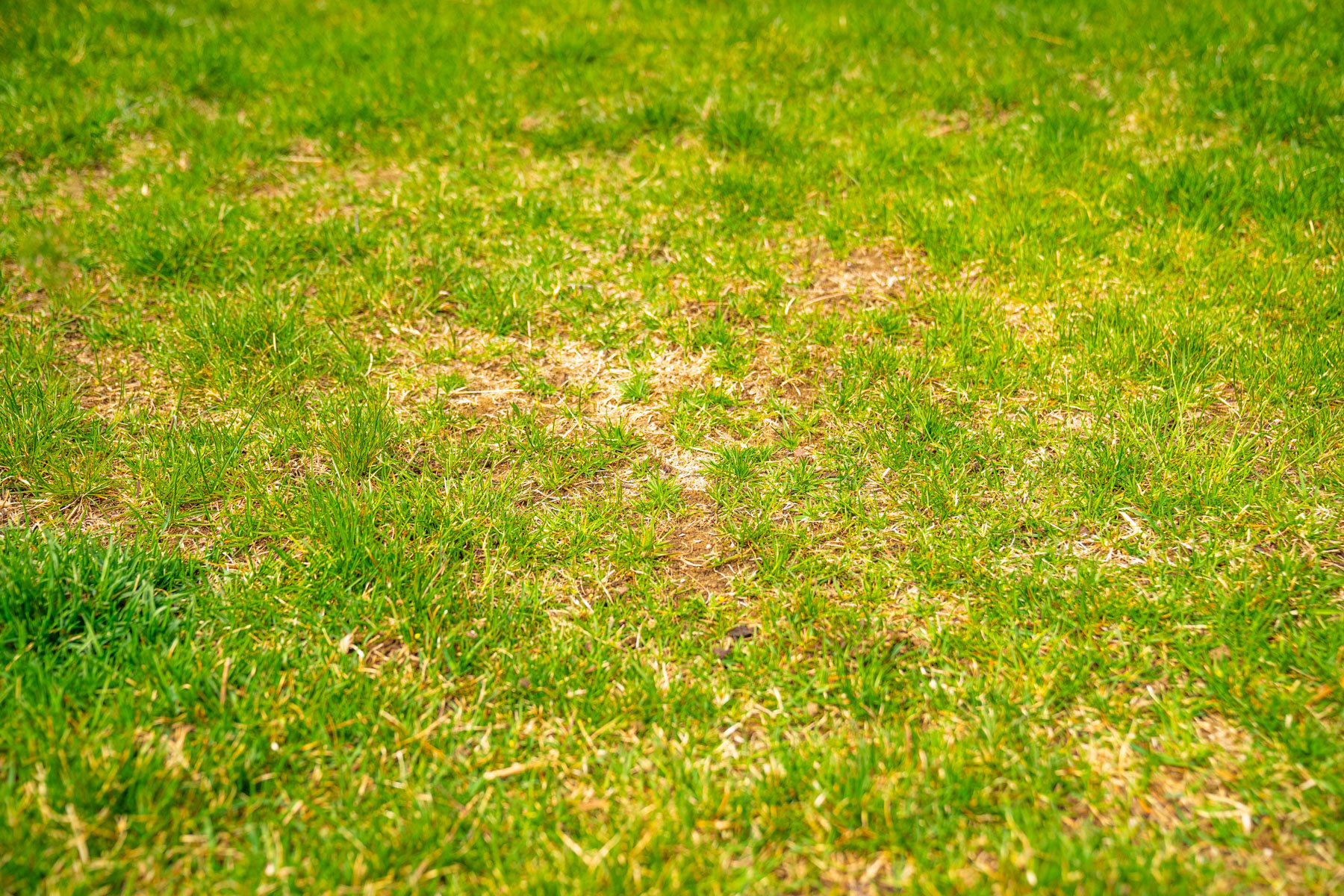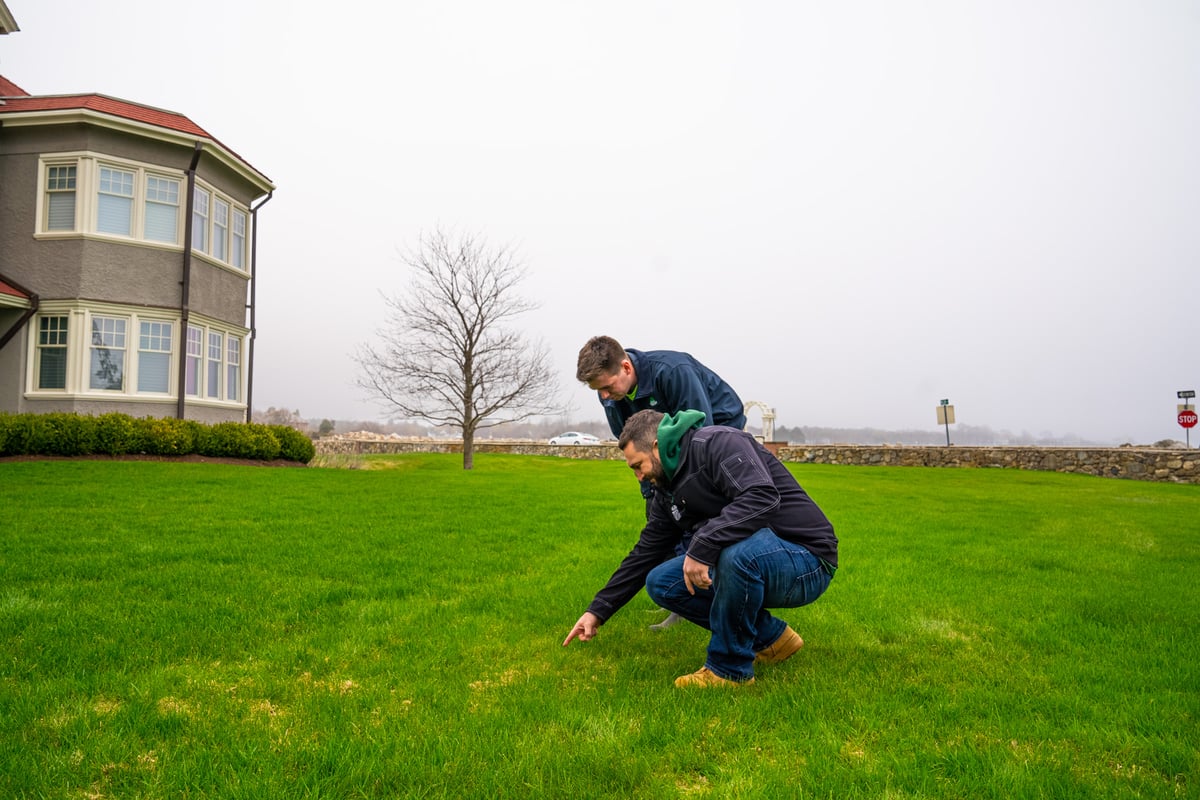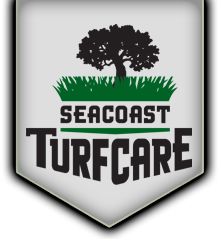
How to Repair Winter Lawn Damage: Expert Advice for Rejuvenating Your Grass
The harsh winter weather here in New England is no joke. Frigid temperatures, intense winds, and heavy snowfall are often a lot for us to deal with—but we can get inside and warm up. Your lawn is subject to these conditions all season long. Grass damage from winter conditions is a common problem.
In this article, we’ll dive into some of the winter lawn damage you might face and how to deal with it. The good news is that with a lawn care pro on your side, you’re not on your own to figure this all out.
Common Winter Lawn Damage
Let’s look at a few common lawn problems that we see in the winter.
Vole Damage
Voles may be small, but their damage can be significant. During the winter, voles can tunnel through your grass. If this is occurring beneath the snow, you really have no way of knowing. It won’t be until the snow begins to clear in the spring that you will see evidence of the tunnel damage. Voles also chomp on grass during the winter when other food sources are scarce. The good news is that they don’t feed on the crown and grass should recover from this damage.

While vole damage can not be entirely prevented, there are steps that you can take to attempt to mitigate the risk.
We always recommend making your final mow shorter than usual as we enter into the winter season. This is not only better for preventing snow mold (a point that we’ll get to), but it also makes it less likely for voles to take up residence in your lawn. They won’t have ample hiding space.
Snow Mold
Another common source of winter lawn damage is snow mold. Snow mold is a type of fungus that grows underneath the snow. Like vole damage, it’s going to go unnoticed while there is snow on the ground. It’s often not identified until the early spring, as the snow clears.
As snow melts, you might notice patches of pink, gray, or white growth on the lawn. Pink snow mold tends to be the most damaging type and can cause areas of the grass to die. But in the vast majority of cases, lawns bounce back just fine from snow mold.
When it comes to how to revive your lawn after winter, if you find snow mold, we typically advise giving the lawn a gentle rake to loosen up matted-down grass and allow the soil to dry out more quickly.

In the future, you can take steps to prevent snow mold by practicing good fall lawn care.
For instance, we advise mowing the lawn shorter during the final mow. You still don’t want to scalp the grass, but you want to avoid leaving it too long. Long grass can get matted down and will be more inclined to grow mold.
As you prepare your lawn for winter, you’ll also want to make sure that you pick up leaves and debris before the first snowfall. Leaving debris in the yard can cause an incubation area for the snow mold to grow underneath.
Lawn aeration can also play a valuable role in helping to keep the lawn aerified and healthy. Good air circulation can help reduce the likelihood of snow mold.
Salt and Snow Plow Damage
Another common source of winter lawn damage comes from our efforts to plow and de-ice. While we know it’s important to have the driveway and roadways clear, these services can sometimes damage the lawn.

The best way to prevent this is to take care in avoiding your turf areas when salting. You can also mark the edges of your driveway so that the plow doesn’t end up in your lawn, which could tear up your grass.
If you are using a snow removal service, make sure to talk to them about protecting your lawn.
Crown Hydration and Winter Desiccation
Finally, when talking about winter lawn damage, we must mention crown hydration and winter desiccation. These are two different winter kill problems and both are unfortunately unavoidable.
Crown hydration occurs when temperatures warm up, stimulating grass to come out of dormancy and start taking in water again. But when freezing temperatures return, the water will freeze. This can kill the crown.

Winter desiccation, on the other hand, occurs when the lawn is subject to winter winds and freezing temperatures, sucking the moisture from the grass. This can lead to damage or even death.
While these are weather-dependent issues that can’t be avoided, the healthier your lawn is, the better chance it will be able to withstand damage. Making sure that you are investing in high-quality lawn care is your best defense.
Late-season fertilizer not only plays a role in helping your lawn to “green up” when the spring comes around…it also helps your lawn maintain its winter hardiness.
Revive Your Lawn After Winter
We’ve shared some preventative tips for some of these sources of winter lawn damage. However, oftentimes, it’s not until the spring that you’ll notice the damage has been done. Fixing a lawn after winter kill has occurred, could potentially mean restoring dead areas with aeration and overseeding.
But many times, lawns can bounce back from winter problems.
If vole damage or snow mold damage were relatively minimal, it’s like your lawn will bounce back in the spring. Then, come fall, aeration and overseeding can handle any thin or bare areas that remain.
As we mentioned, one of your best chances for success is investing in professional lawn care. Getting on an optimal lawn care schedule will help better prepare your lawn for the winter. It will also help your lawn bounce back more easily from winter lawn damage.
If you have questions about how to repair winter lawn damage, your lawn care professional will be able to help. One of the benefits of partnering with a lawn care pro is that you’ll have an expert guide helping you determine what’s best for your New England lawn. You aren’t on your own in making these decisions!
Choosing Lawn Services in Southern NH, ME, and MA
Lawns can be stressful. Particularly here in New England where we have harsh weather. But with a lawn care pro on your side, you’ll gain peace of mind that you’re making the best decisions for your lawn.
When you work with Seacoast Turf Care, it’s our goal to help take away your worries. Not only will you know you’re getting lawn care services at just the right time, but we can also help you get the best possible results.
That means letting go of your winter worries and feeling confident that you are in good hands. It doesn’t mean that you’ll never have any problems. As we explained, many problems are weather-dependent and out of our hands. But you can be sure that we’ll be there to help implement the best solutions and advice. We’re here to be your partner in success.
Want to learn more about what makes us a great choice for your lawn care needs? At Seacoast Turf Care, we service NH towns near Stratham, North Hampton, Exeter and many more. Get lawn care pricing for your Southern NH, Southern Maine, or Northeastern Massachusetts property.
Image Source: Snow plow



